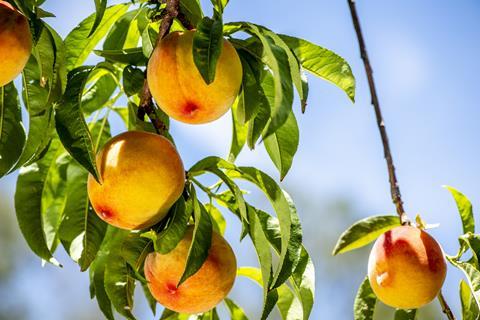As US tariffs kick in, there is some better news for South African stonefruit industry in China

South African Minister of Agriculture John Steenhuisen has announced that China has agreed to grant access to imports of South African stonefruit from next season. The new protocol is expected to be signed on the side-lines of the G-20 Summit in South Africa in November.
It is the first time that access has been agreed for a whole category of fruits. Apricots, peaches, nectarines, plums and prunes will be part of the access agreement.
“South African stonefruit is expected to be shipped to China for the first time in the coming season as soon as the final protocol is signed,” Steenhuisen said.
The news will be welcomed by exporters reeling from the recent introduction of a 30 per cent tariff on US imports of South African fruit. In recent times, sales of South African nectarines and plums have been increasing in the US and the new tariff, in a market where these products had previously been imported duty-free, is seen as a major blow for the South African industry.
Steenhuisen made the announcement while briefing the media on progress with follow-up negotiations on the US tariffs. He said that a new substantive offer is in the process of being made to the US government, but that the negotiations were at a sensitive stage and no further details would be announced at this time.
The announcement on trade access for South African stonefruit to China comes at a time when the South African government has indicated broadening the diversification of its markets.
“South African berries and mangoes are expected to be the new fresh categories which will now move to the top of the ladder for access to China,” Steenhuisen said. “We also visited Japan recently and had very positive negotiations with the Japanese Minister of Agriculture. Citrus, wine and grains from South Africa also offers exciting opportunities for increased trade with Japan.”
South Africa’s strategy in dealing with the tariffs is to continue with negotiations with the US to try and alter the present 30 per cent rate, while at the same time focusing on new opportunities in the East, Africa and Middle East, and boosting consumption in South Africa. There are also ongoing negotiations with the European Union on expanding trade agreements.



